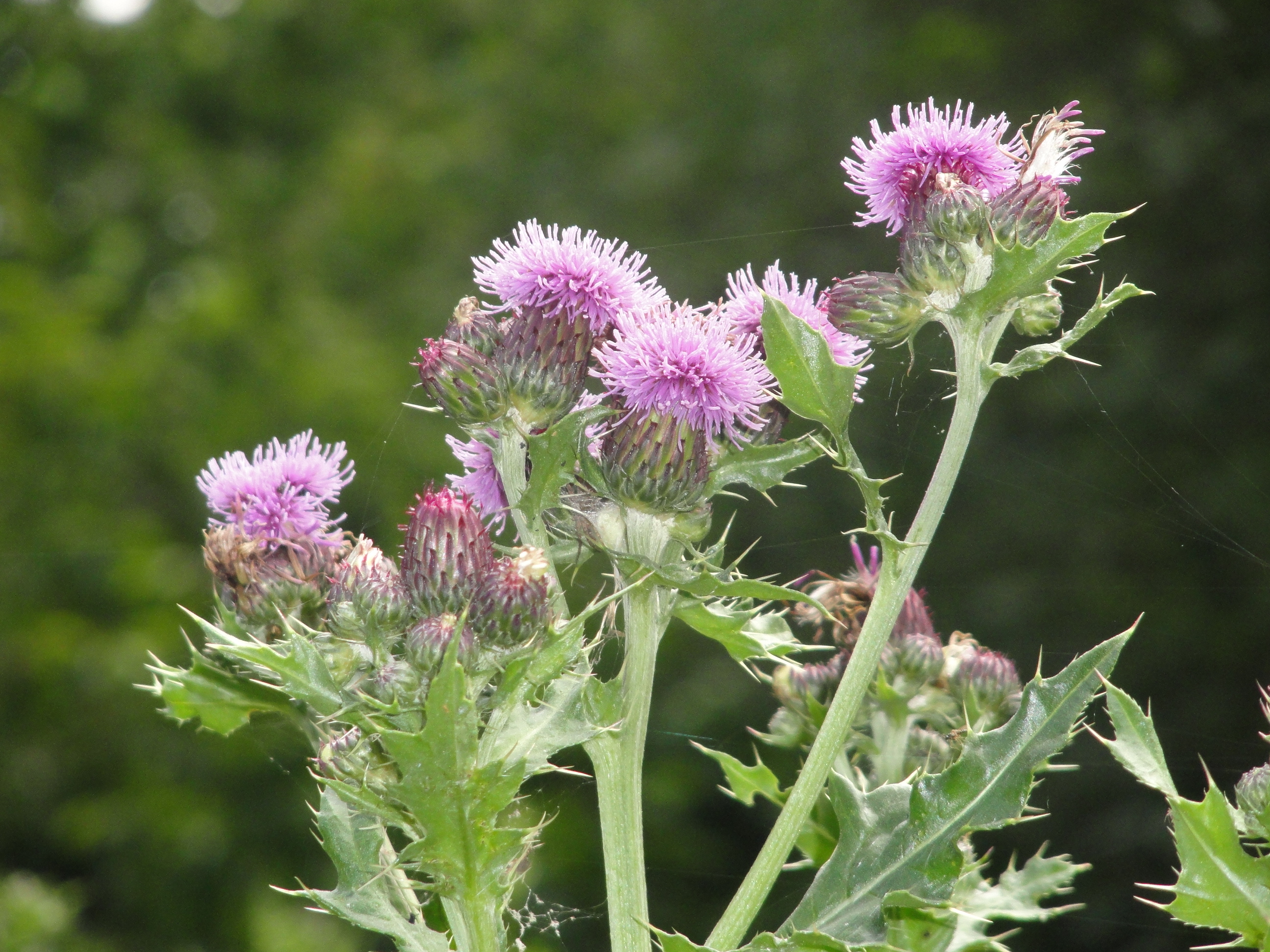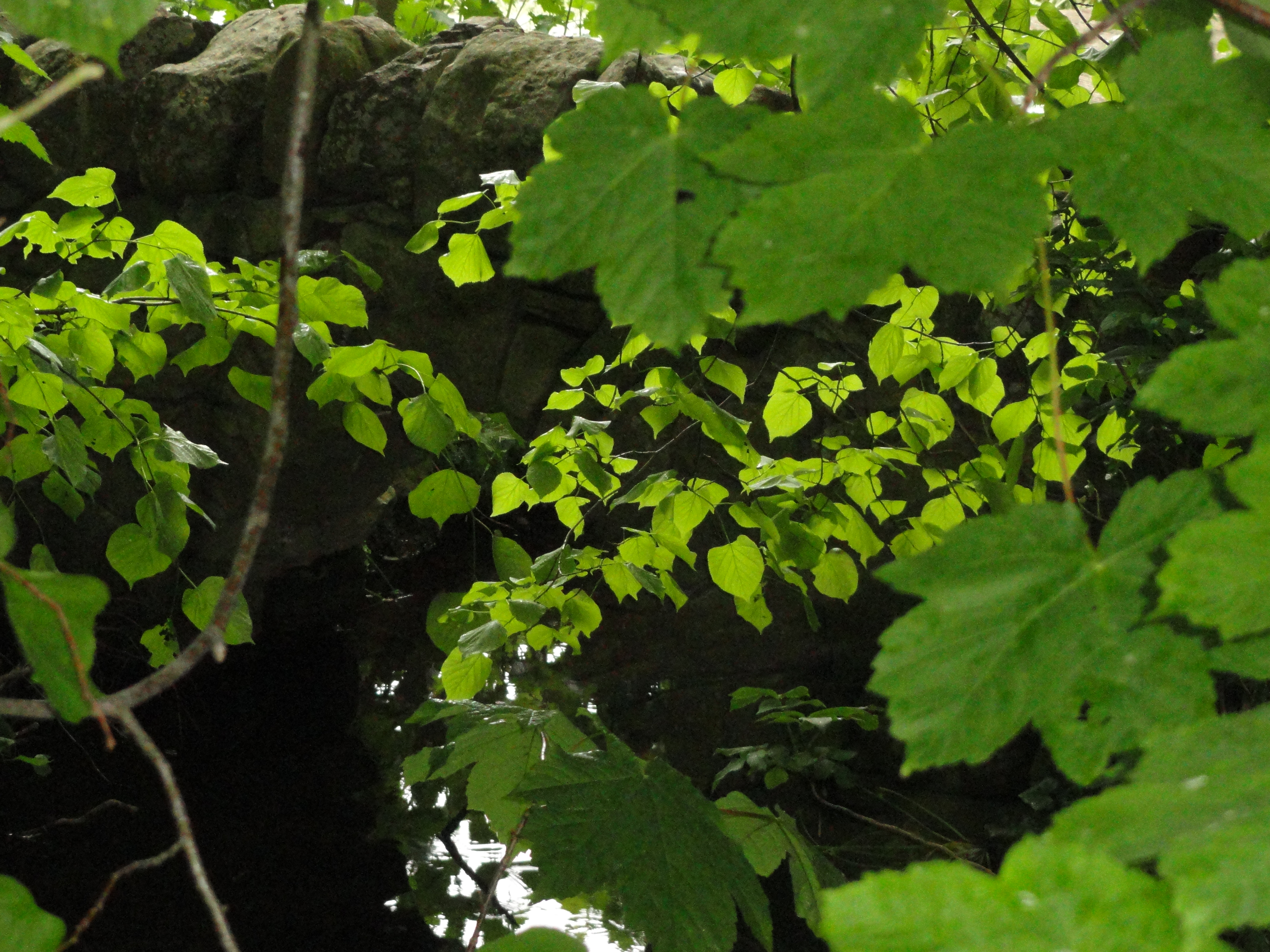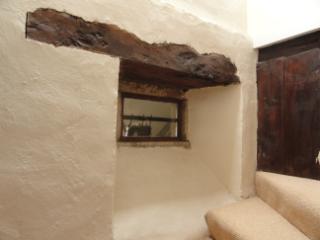
We sang a lot. Singing can happen while dressing and driving and making food, so I worked to produce multitaskers. 🙂
We have chairs with posts on each side of the back (I don't know chair-part-terminology for it) and the kids would put sheets over them and then rubberbands or hairties to hold them there. When I was little my mom would put a sheet over a card table. We've put a little pop tent up inside. Sometimes you can get those very inexpensively, the two-person dome tents.
Museums and very young children: don't plan to see the whole thing. Go in for a while and leave when the kids are restless.
We used to play "hide the music" with Kirby (when he was very young). We would wind up a little wooden music box and put it somewhere in his room and he would go in and find it by the sound. Interestingly, he would always look where it was the last time right away, without listening first.
ICE in the bathtub. Freeze some in advance. We have a fish mold. The ice fish was good. (It was really for jello or casseroles). Rings, though, like in a bundt pan, for ice too, like they do for punch bowls. And you can freeze things into it. toys. Soap. But even regular ice cubes—they clean themselves up. They float. They bob up if you hold them down and then let go.
photo by Sandra Dodd, of Adam Daniel and his new stuffed otter






